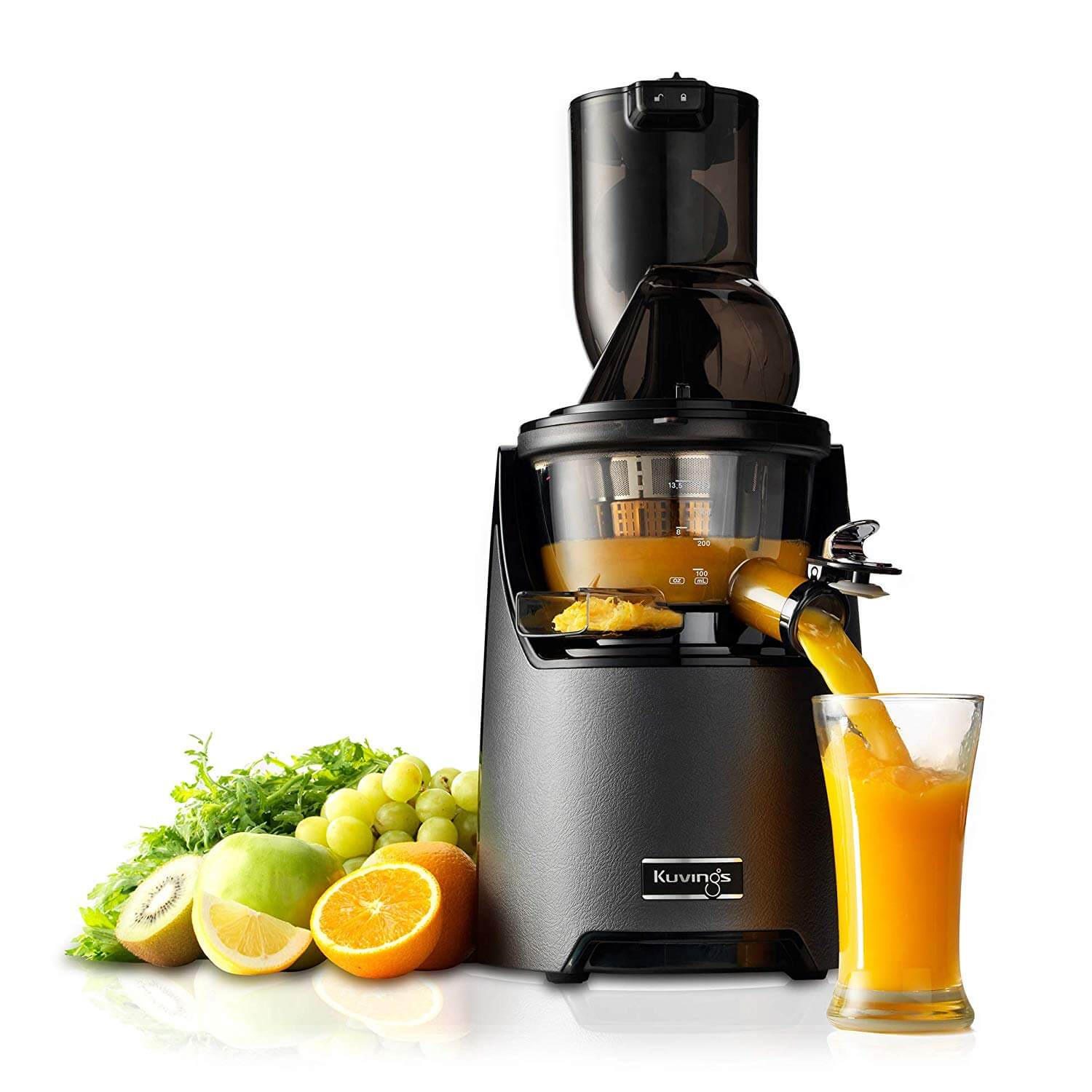

Articles
What Is Slow Juicer
Modified: February 27, 2024
Learn all about slow juicers with our informative articles. Discover the benefits, features, and recommendations for the best slow juicers on the market.
(Many of the links in this article redirect to a specific reviewed product. Your purchase of these products through affiliate links helps to generate commission for Storables.com, at no extra cost. Learn more)
Introduction
Welcome to the wonderful world of slow juicers! In the pursuit of a healthy lifestyle, many people have turned to juicing as a way to incorporate more fruits and vegetables into their diet. While traditional juicers have been widely used for years, a new player has emerged on the scene – the slow juicer.
A slow juicer, also known as a masticating juicer, is a type of juicer that operates at a slower speed compared to its centrifugal counterpart. This unique feature sets it apart and brings a plethora of benefits to the table.
In this article, we will delve into the world of slow juicers, exploring what they are, how they work, the advantages they offer, and how they compare to traditional juicers. So, grab a glass of freshly squeezed juice and let’s dive in!
Key Takeaways:
- Slow juicers, also known as masticating juicers, operate at a slower speed, preserving nutrients and flavors while offering versatility beyond just juicing.
- When choosing a slow juicer, consider factors such as juice yield, pulp dryness, ease of cleaning, and noise level to make an informed decision aligned with your juicing needs and preferences.
Read also: 9 Best Slow Juicer for 2025
Definition of Slow Juicer
A slow juicer, also known as a masticating juicer, is a type of juicing machine that operates at a slower speed compared to traditional juicers. The main principle behind a slow juicer is to extract juice from fruits and vegetables by slowly crushing and grinding them.
Unlike centrifugal juicers which use high-speed spinning blades to extract juice, slow juicers utilize a gentle squeezing action to extract juice without generating excessive heat or causing oxidation. This is achieved through the use of an auger or gear mechanism that rotates slowly, effectively crushing the produce and separating the juice from the pulp.
The slow juicer’s slower speed and gentle extraction process contribute to its reputation for producing high-quality juice. It minimizes the exposure to heat and air, helping to preserve the natural enzymes, nutrients, and flavors of the fruits and vegetables.
Another key feature of a slow juicer is its ability to handle a wide variety of produce. Whether it’s hard vegetables like carrots and beets, leafy greens like kale and spinach, or delicate fruits like berries and grapes, a slow juicer can efficiently extract juice from them all.
Furthermore, slow juicers often come with additional attachments, such as homogenizing or grinding functions, which allow them to perform tasks beyond just juicing. This versatility makes them a popular choice for those looking to explore various culinary possibilities.
Overall, the defining characteristics of a slow juicer are its slow speed, gentle extraction process, ability to handle a wide range of produce, and versatile capabilities. These features set it apart from traditional juicers and make it an excellent choice for those seeking to embrace a healthier lifestyle through juicing.
How Slow Juicers Work
Slow juicers work on a simple yet effective principle that involves three main components: the auger or gear, the juice strainer, and the pulp outlet. Let’s take a closer look at each of these components and how they work together to extract juice from your favorite fruits and vegetables.
1. Auger or Gear: The heart of a slow juicer is the auger or gear. This component rotates at a slow speed, usually around 80 to 100 RPM (rotations per minute). As the auger turns, it chews through the produce, breaking down the fibers and releasing the juice contained within. The design of the auger or gear ensures a thorough and efficient extraction process.
2. Juice Strainer: Once the produce is crushed and the juice is released, it needs to be separated from the pulp. This is where the juice strainer comes into play. It effectively strains the juice, allowing it to flow through while retaining the pulp. The juice strainer is usually made of fine mesh or filters that catch any remaining solids, ensuring a smooth and pulp-free juice.
3. Pulp Outlet: As the juice flows through the strainer, the extracted pulp needs to be expelled. Slow juicers typically have a separate pulp outlet where the pulp is collected and removed. This allows for continuous juicing without the need to stop and empty the pulp container frequently.
The slow and gentle extraction process of a slow juicer helps to preserve the nutritional value, enzymes, and flavors of the fruits and vegetables. The absence of heat and minimal exposure to air minimize oxidation, resulting in a juice that retains its vibrant colors and natural goodness.
Moreover, the slow juicing process generates less foam compared to traditional juicers, resulting in a smoother and more enjoyable juice drinking experience. The reduced oxidation also means that the juice can be stored for a longer period without significant nutrient loss.
Overall, slow juicers provide a methodical and efficient way to extract juice, utilizing a combination of slow rotation, effective straining, and convenient pulp removal. This process ensures that you can enjoy delicious, nutrient-rich juices with maximum freshness and minimal waste.
Benefits of Using a Slow Juicer
Using a slow juicer offers a multitude of benefits that go beyond simply extracting juice from fruits and vegetables. Let’s explore some of the key advantages of incorporating a slow juicer into your daily routine:
1. Higher Nutritional Value: Slow juicers operate at a low speed, minimizing heat and oxidation during the juicing process. This preserves the natural enzymes, antioxidants, vitamins, and minerals found in the produce, resulting in juices that are more nutrient-dense. By consuming juice with higher nutritional value, you can boost your overall health and well-being.
2. Richer Flavor: Slow juicers extract juice with more flavor and depth compared to traditional juicers. The gentle crushing action of the auger ensures that the natural flavors of the fruits and vegetables are retained in the juice. You’ll notice a distinct difference in taste and enjoy a more robust and satisfying juice experience.
3. Longer Shelf Life: Due to the minimal oxidation that occurs during slow juicing, the extracted juice can be stored for a longer period without significant nutrient loss. This means you can prepare larger quantities of juice in advance and enjoy them throughout the day, saving you time and effort.
4. Efficient Juice Extraction: Slow juicers are designed to extract juice from a wide variety of produce, including hard vegetables, leafy greens, and even nuts and seeds. Their powerful auger mechanism is capable of thoroughly crushing and extracting juice from even the toughest ingredients. You can make the most of your fruits and vegetables and minimize waste.
5. Reduced Foaming and Pulp: Thanks to the slow and gentle extraction process, slow juicers produce juices with minimal foam and pulp. This results in a smoother and more pleasant drinking experience. Say goodbye to frothy, bubbly juices and hello to silky-smooth textures.
6. Versatility: Many slow juicers come with additional attachments or functions that expand their capabilities beyond just juicing. These attachments allow you to make things like nut butter, sorbets, baby food, and even pasta. The versatility of slow juicers opens up a world of culinary possibilities and encourages you to get creative in the kitchen.
7. Quiet Operation: Unlike centrifugal juicers that can be quite noisy, slow juicers operate at a lower speed and produce minimal noise. This makes them ideal for early morning or late-night juicing sessions without disrupting the peace and tranquility of your home.
In summary, using a slow juicer provides a range of benefits, including higher nutritional value, richer flavors, longer shelf life, efficient juice extraction, reduced foaming and pulp, versatility, and quiet operation. By investing in a slow juicer, you can kick-start your journey towards a healthier lifestyle and unlock a world of delicious, nutritious juices.
When using a slow juicer, be sure to cut your fruits and vegetables into smaller pieces to ensure a smoother juicing process and to prevent clogging.
Comparison with Traditional Juicers
When it comes to juicing, traditional juicers and slow juicers have distinct differences in terms of their operation, juice quality, and overall performance. Let’s compare these two types of juicers to see how they stack up against each other:
1. Speed: Traditional juicers, also known as centrifugal juicers, operate at high speeds, usually around 6,000 to 14,000 RPM. They use sharp blades to quickly shred fruits and vegetables, extracting juice through centrifugal force. On the other hand, slow juicers operate at a much slower speed, typically around 80 to 100 RPM, gently crushing and grinding produce to extract juice.
2. Juice Quality: Slow juicers are renowned for producing higher-quality juice compared to traditional juicers. The slow and gentle extraction process of slow juicers minimizes heat and oxidation, preserving the natural enzymes, vitamins, minerals, and flavors of the fruits and vegetables. As a result, slow juicers produce juices that are richer in nutrients and have a more vibrant taste.
3. Nutrient Retention: The high speeds of traditional juicers generate heat, which can lead to the loss of some heat-sensitive nutrients during the juicing process. In contrast, slow juicers minimize the generation of heat, ensuring that a higher percentage of nutrients are retained in the juice. This makes slow juicers a better choice for those seeking maximum nutritional benefits from their juices.
4. Juice Yield: Slow juicers typically yield a higher amount of juice compared to traditional juicers. The slower extraction process of slow juicers thoroughly crushes the produce, extracting every drop of juice from the pulp. In contrast, traditional juicers, due to their high speeds, may not fully extract all the juice, resulting in a lower yield.
5. Handling Leafy Greens: Slow juicers excel at juicing leafy greens like kale, spinach, and wheatgrass. Their slow and powerful extraction capabilities effectively extract juice from these fibrous greens, producing a higher yield and more concentrated flavors. Traditional juicers, however, may struggle with leafy greens and may not extract as much juice.
6. Noise Level: Traditional juicers can be quite noisy due to their high-speed operation and use of blades. This can be a nuisance, especially if you’re juicing early in the morning or late at night. Slow juicers, on the other hand, operate at a slower speed, resulting in quieter operation and a more peaceful juicing experience.
7. Versatility: While traditional juicers are primarily designed for juice extraction, slow juicers often come with additional attachments or functions. These include the ability to make nut butter, sorbets, baby food, and even pasta. The versatility of slow juicers allows for a wider range of culinary creations beyond just juice.
Ultimately, the choice between a traditional juicer and a slow juicer depends on your priorities. If speed and convenience are your top considerations, a traditional juicer may be a suitable option. However, if you prioritize nutrition, juice quality, yield, and versatility, a slow juicer is likely the better choice.
By carefully weighing the pros and cons and considering your juicing needs and preferences, you can make an informed decision that aligns with your desired juicing experience.
Read also: 9 Amazing Slow Star Juicer for 2025
Tips for Choosing a Slow Juicer
When it comes to selecting a slow juicer, it’s important to consider several factors to ensure that you make the right choice for your juicing needs. Here are some tips to help you navigate the options:
1. Juice Yield and Pulp Dryness: Look for a slow juicer that extracts a high juice yield and leaves the pulp dry. This indicates that the juicer effectively extracts as much juice as possible from the produce, minimizing waste and maximizing the nutritional value of your juice.
2. Juicing Speed: While slow juicers are known for their slow speed, it’s worth considering the speed of different models. Some slow juicers operate at slightly higher speeds compared to others, which can affect the juicing efficiency and the time it takes to produce your juice. Find a balance between a slow speed for better nutrient retention and a speed that suits your juicing routine.
3. Ease of Cleaning: Slow juicers can have several parts that need to be cleaned after each use. Look for a slow juicer with removable components that are dishwasher-safe or easy to clean by hand. Consider the accessibility of parts and the cleaning process involved to ensure convenience and maintain hygienic juicing practices.
4. Noise Level: If you value a quieter juicing experience, consider a slow juicer that operates with little noise. While slow juicers are generally quieter than traditional juicers, some models may produce more noise than others. Look for models that prioritize noise reduction for a peaceful juicing environment.
5. Durability and Warranty: Investing in a quality slow juicer is essential to ensure its longevity. Look for a juicer made with durable materials, such as stainless steel or BPA-free plastics. Additionally, check the warranty offered by the manufacturer to give you peace of mind and protection against any potential defects or malfunctions.
6. Size and Design: Consider the size and design of the slow juicer, especially if you have limited countertop space in your kitchen. Look for a compact and sleek design that fits seamlessly into your kitchen décor and storage options.
7. Price: Slow juicers can vary in price range, depending on the brand, features, and quality. Determine your budget and weigh it against the features and benefits offered by different models. Remember that investing in a quality juicer can pay off in the long run, as it will provide you with years of delicious and nutritious juices.
8. Customer Reviews and Ratings: Before making a final decision, read customer reviews and ratings to gather insights from those who have already purchased and used the slow juicer. Pay attention to comments regarding performance, reliability, and overall user satisfaction.
By considering these tips and conducting thorough research, you can select a slow juicer that suits your juicing preferences, lifestyle, and budget. Whether you’re a juicing enthusiast or just starting, a well-chosen slow juicer will be your loyal companion on your journey to a healthier and more vibrant lifestyle.
Conclusion
The world of slow juicers offers a myriad of benefits and possibilities for those seeking to incorporate more fruits and vegetables into their diet. With their slow and gentle extraction process, slow juicers preserve the nutritional value, enzymes, and flavors of the produce, resulting in high-quality, nutrient-dense juices.
When comparing slow juicers to traditional juicers, it’s clear that slow juicers have the edge in terms of juice quality, nutrient retention, juice yield, and versatility. They provide a superior juicing experience, allowing you to enjoy flavorful and nutritious juices with minimal waste.
When choosing a slow juicer, consider factors such as juice yield, pulp dryness, juicing speed, ease of cleaning, noise level, durability, size, design, price, and customer reviews. By taking these into account, you can make an informed decision that aligns with your juicing needs and preferences.
Whether you’re a health-conscious individual looking to boost your nutrient intake, a culinary enthusiast exploring creative recipes, or someone simply seeking a delicious and refreshing beverage, a slow juicer will be a valuable addition to your kitchen.
So, why settle for ordinary juice when you can elevate your juicing experience with a slow juicer? Embrace the world of slow juicing and enjoy the benefits of freshly squeezed, nutrient-dense juices that will nourish your body and delight your taste buds.
Cheers to a healthier and happier you!
Frequently Asked Questions about What Is Slow Juicer
Was this page helpful?
At Storables.com, we guarantee accurate and reliable information. Our content, validated by Expert Board Contributors, is crafted following stringent Editorial Policies. We're committed to providing you with well-researched, expert-backed insights for all your informational needs.
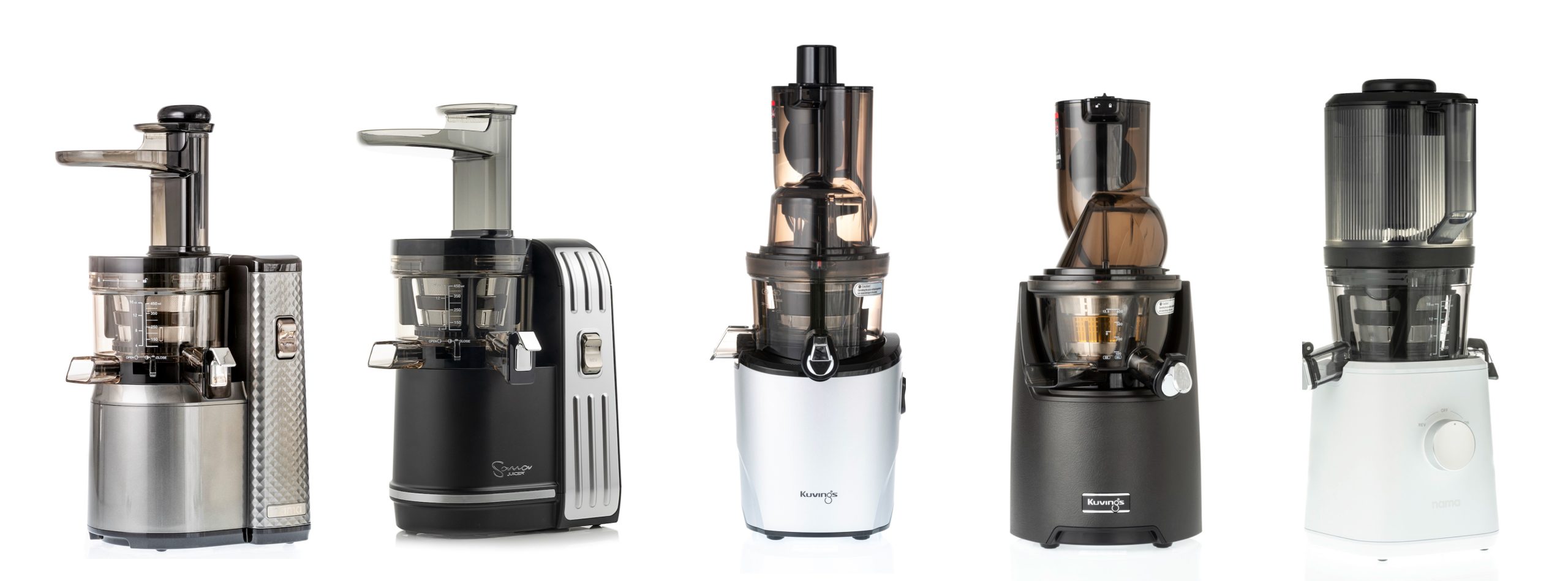
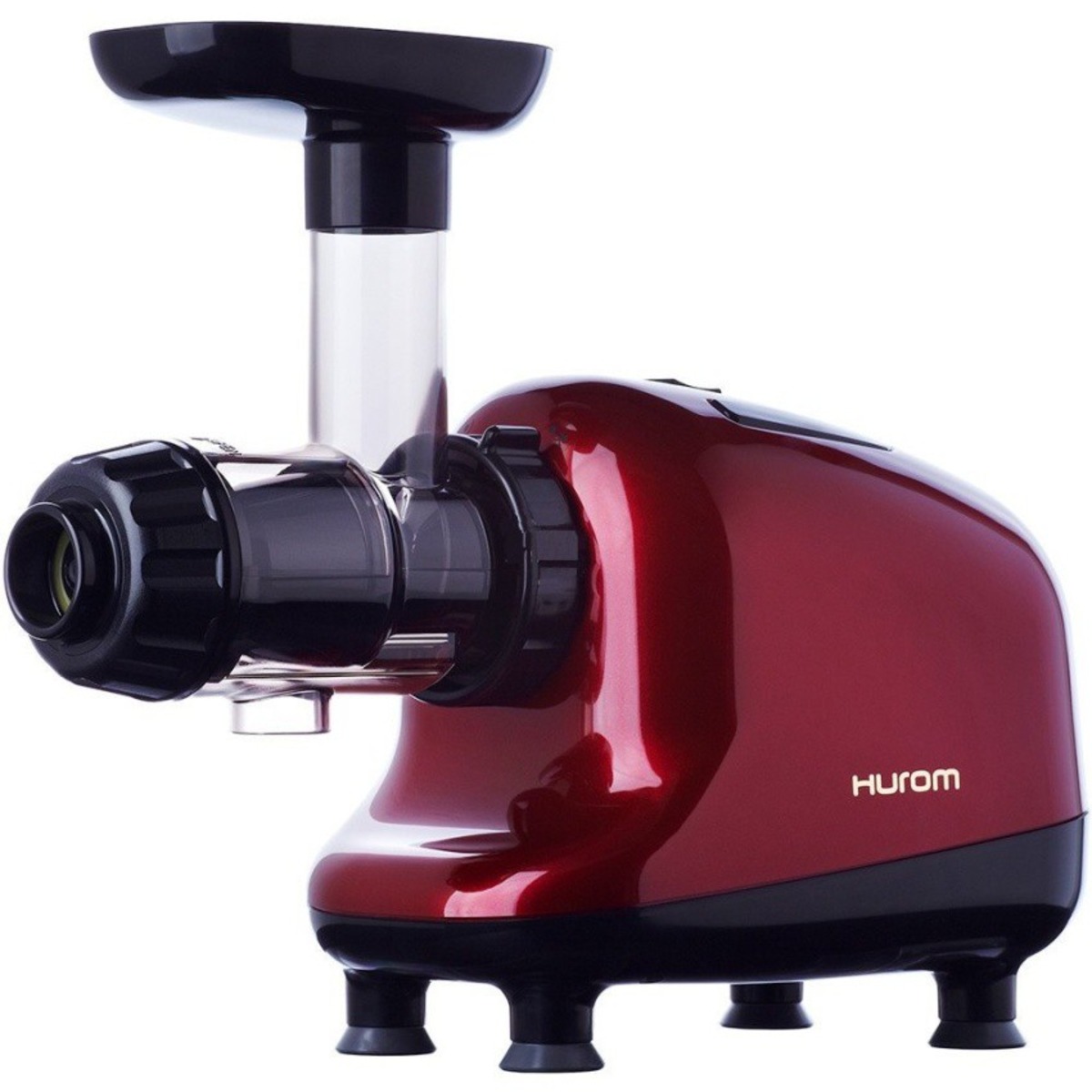
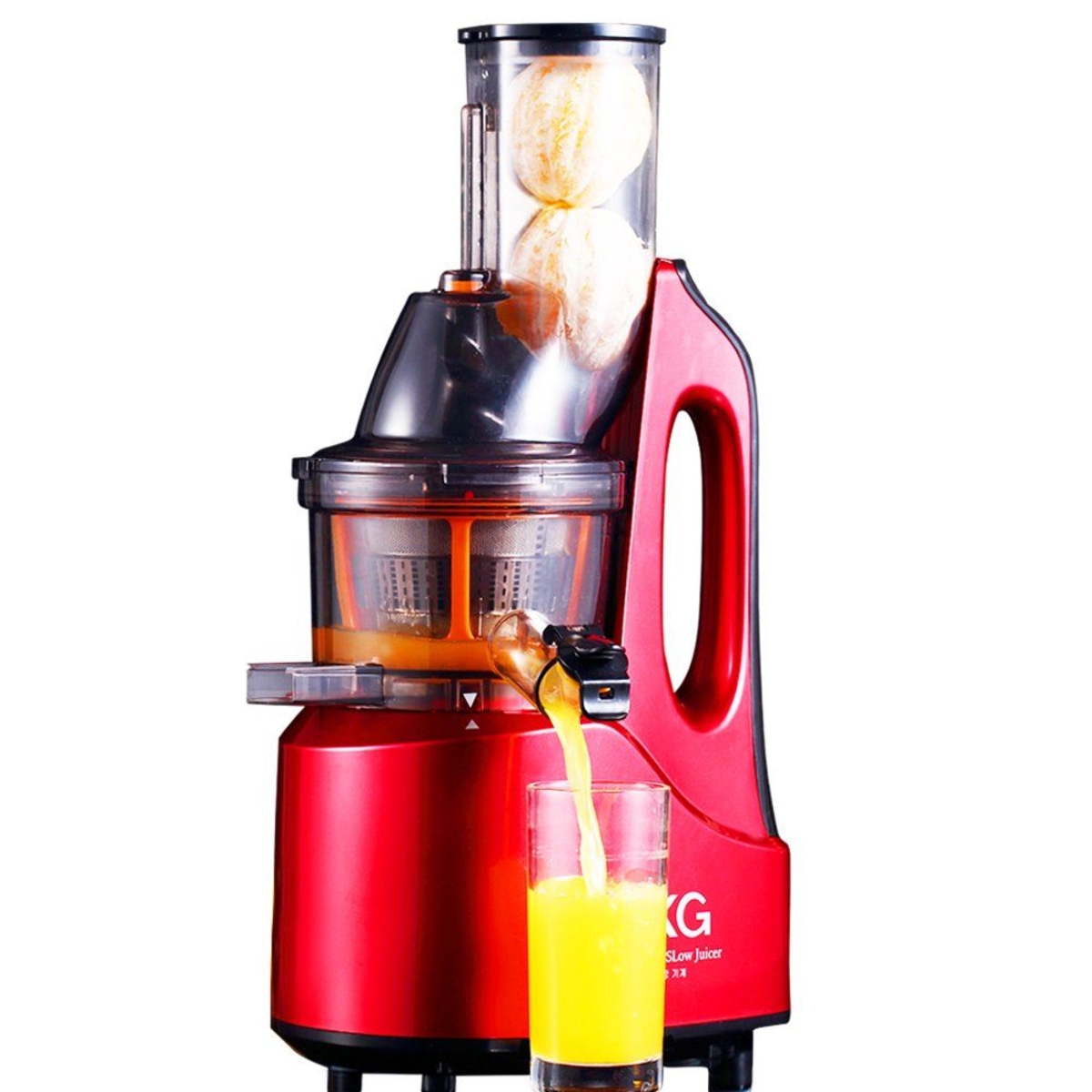
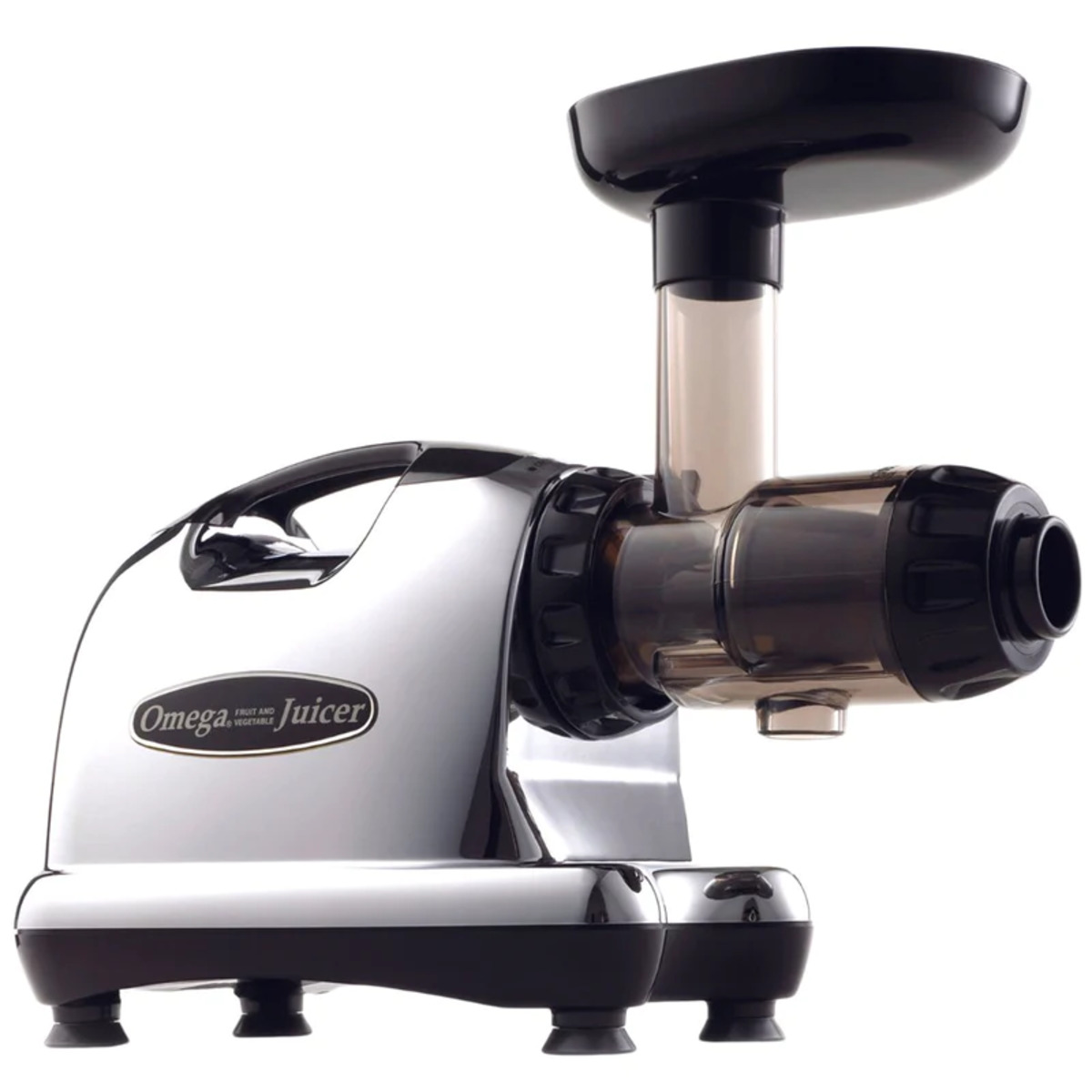
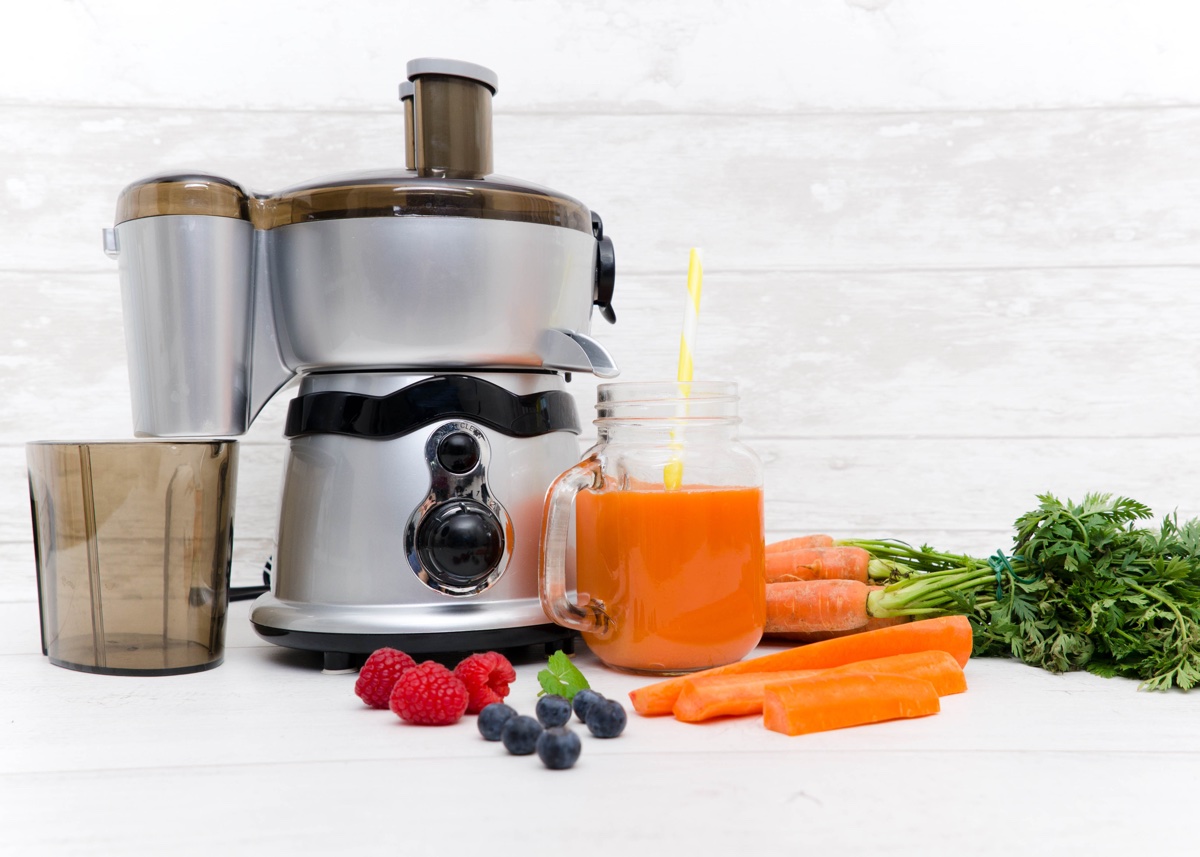
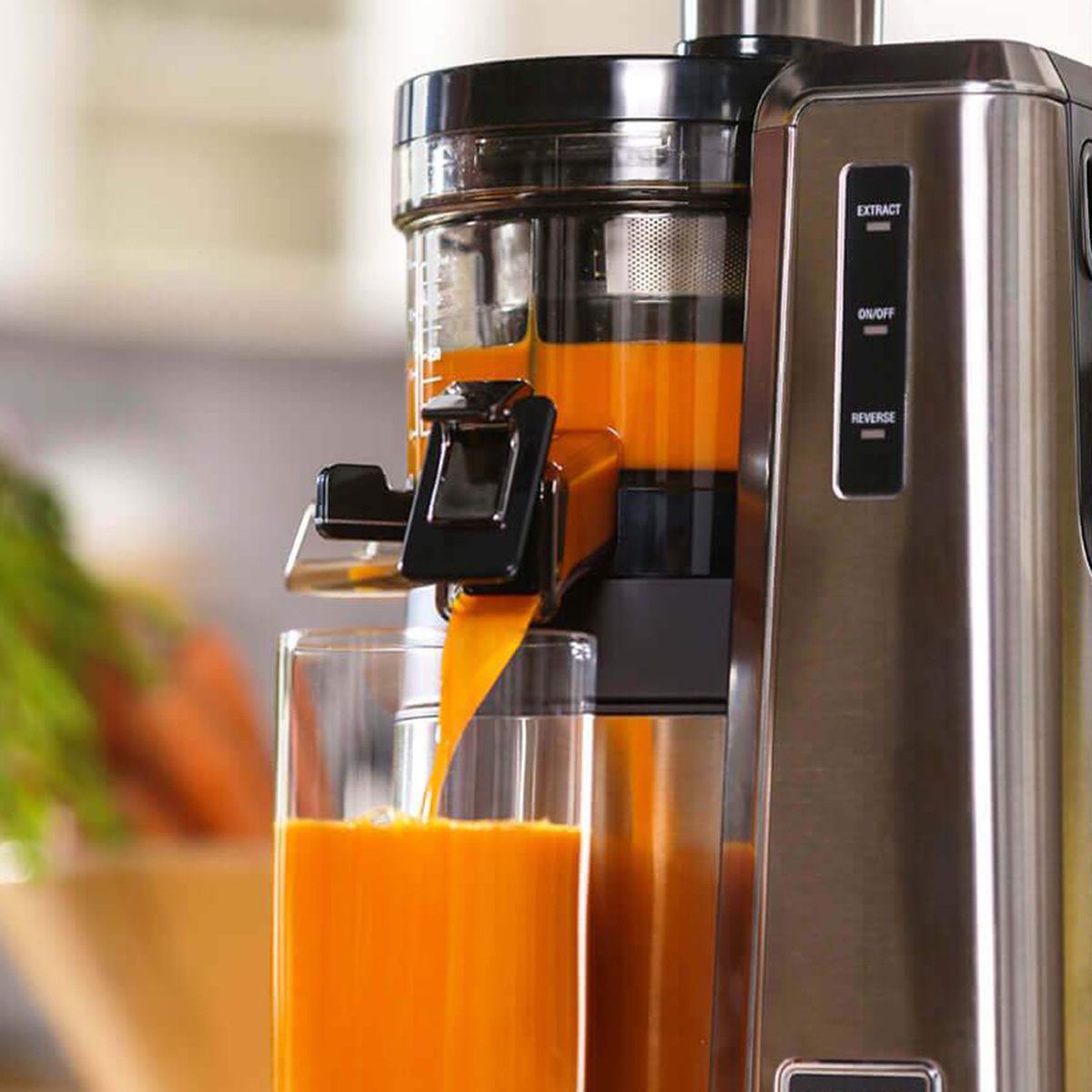
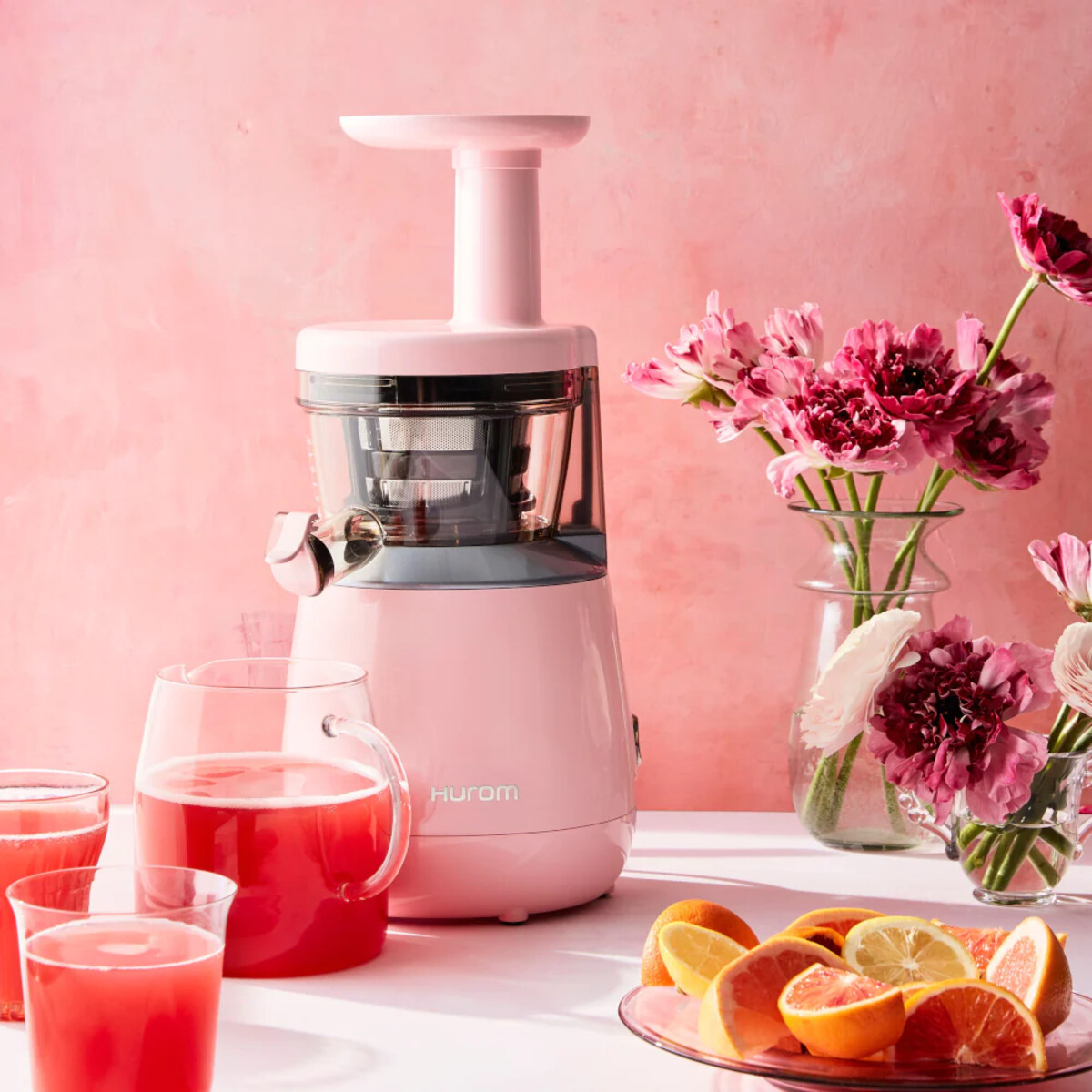
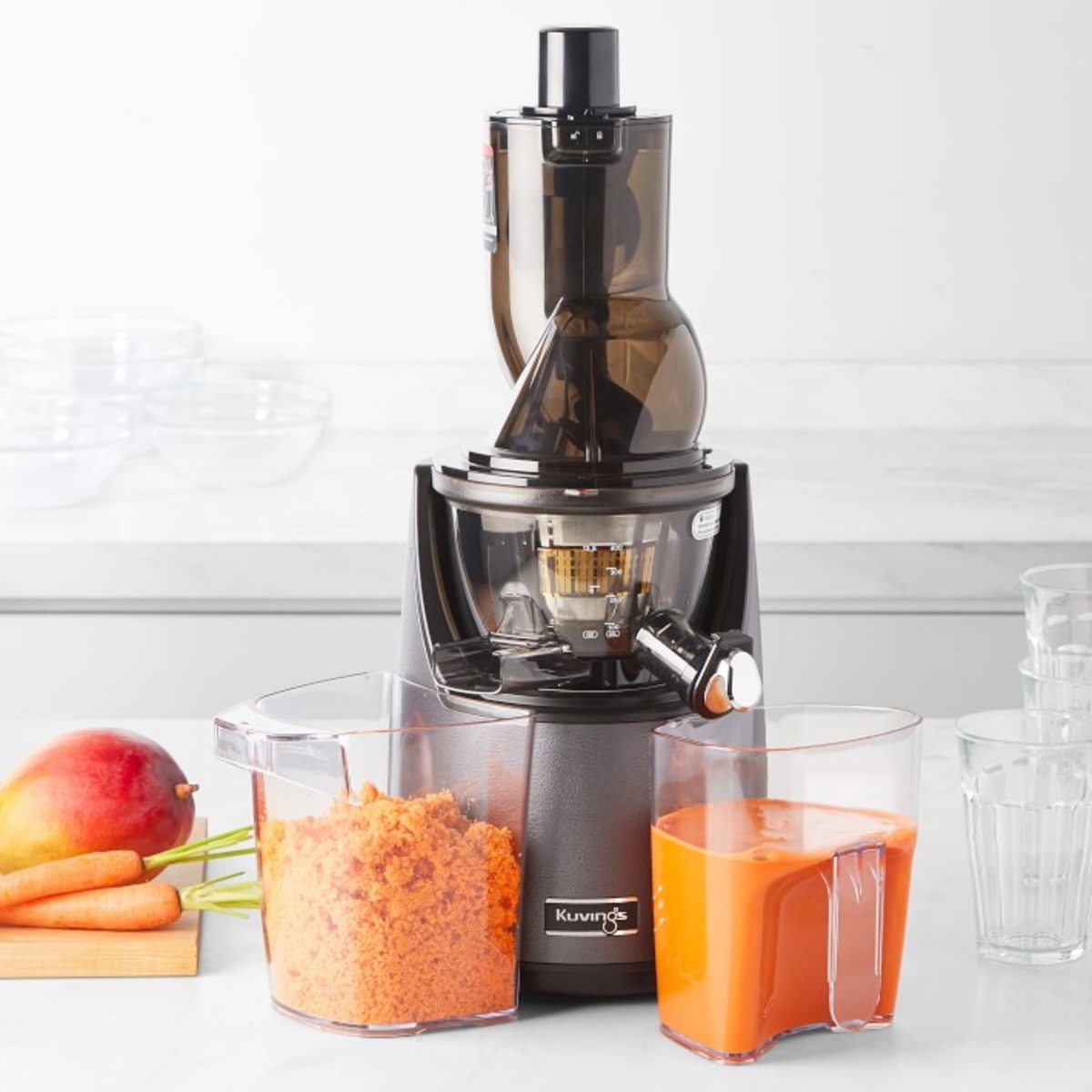
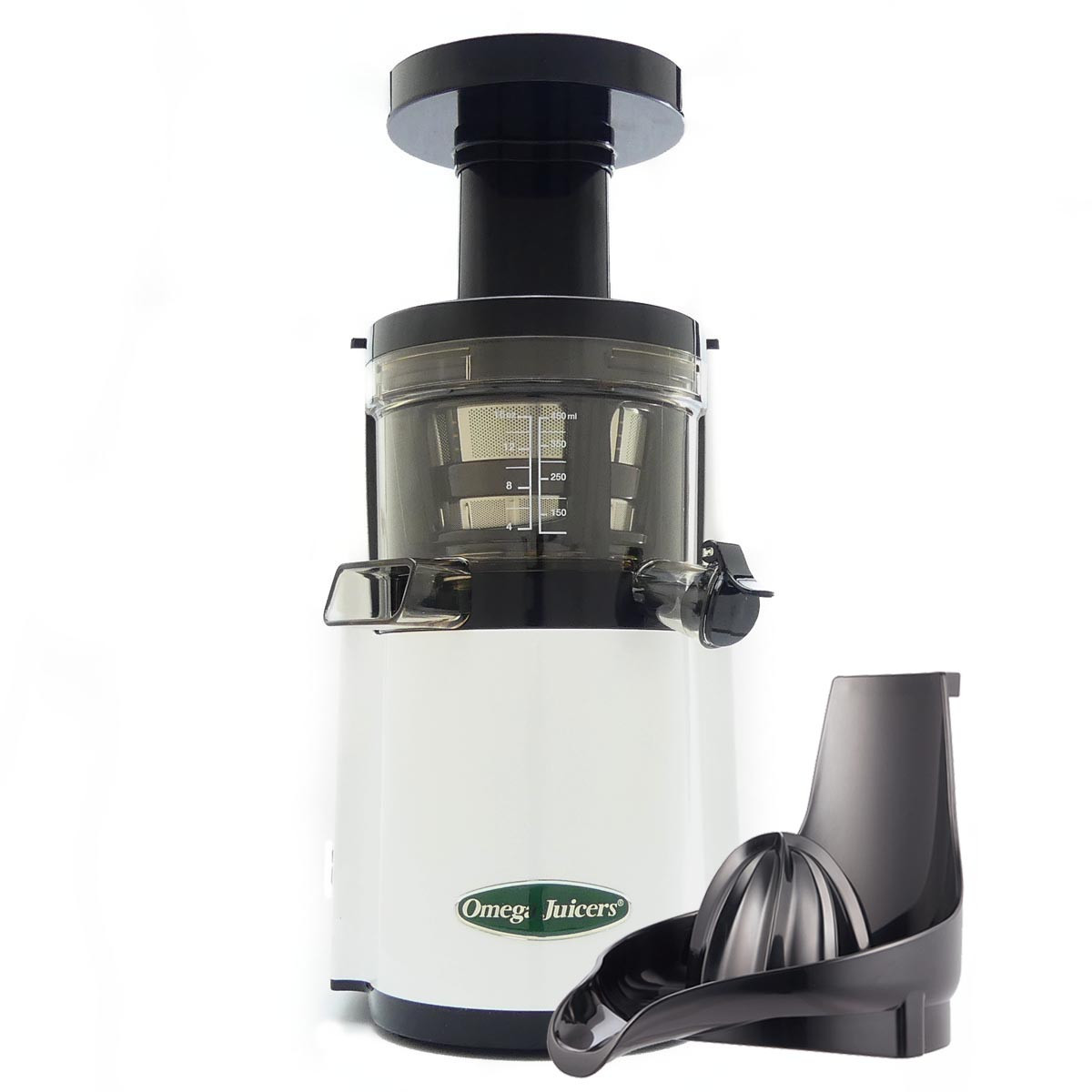
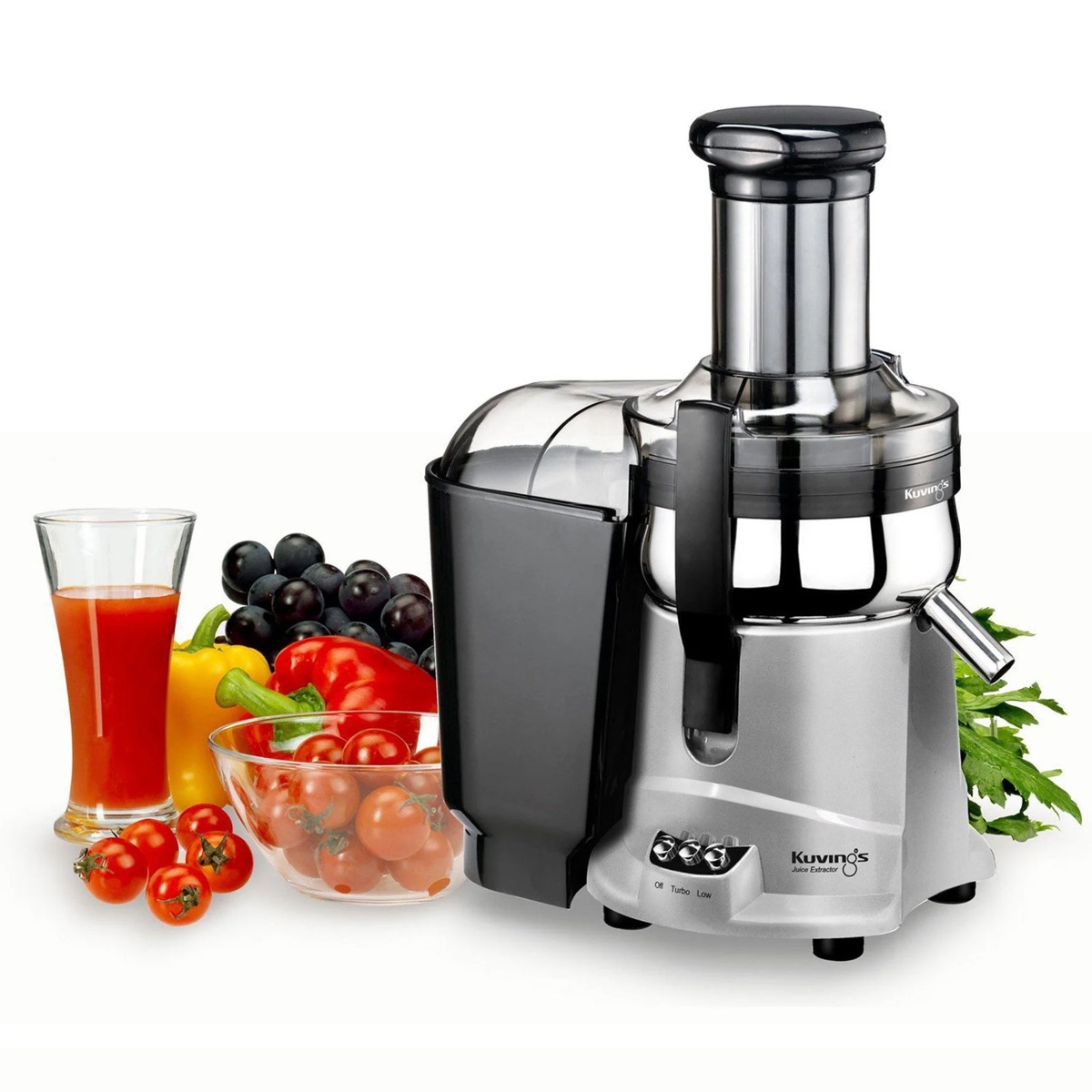
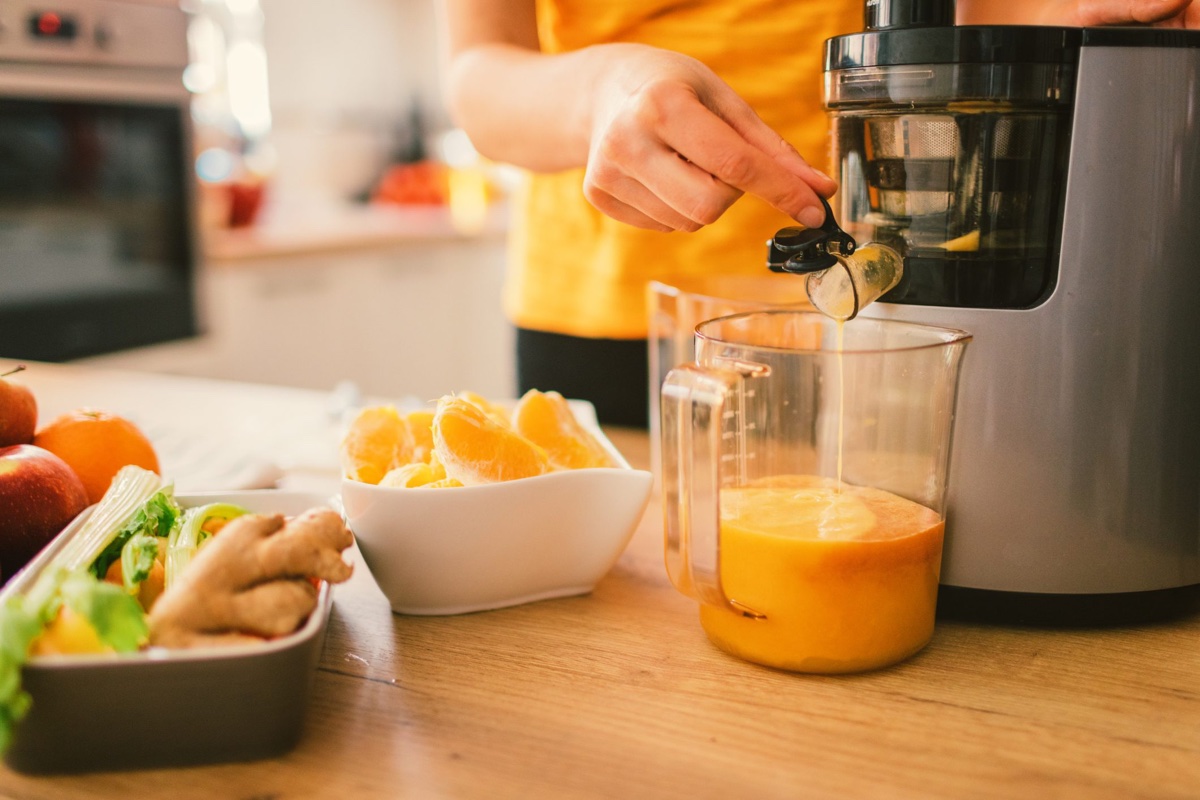
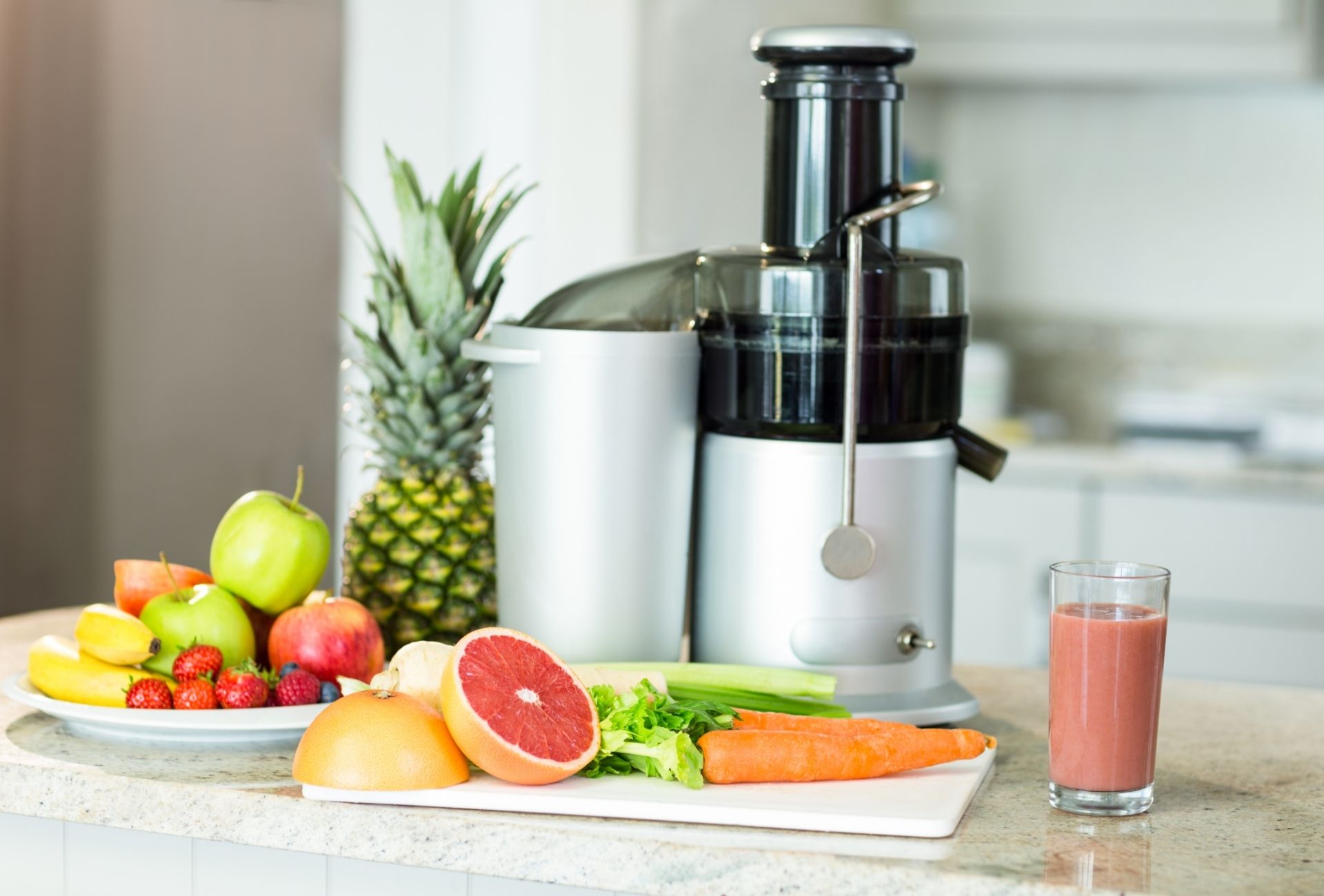
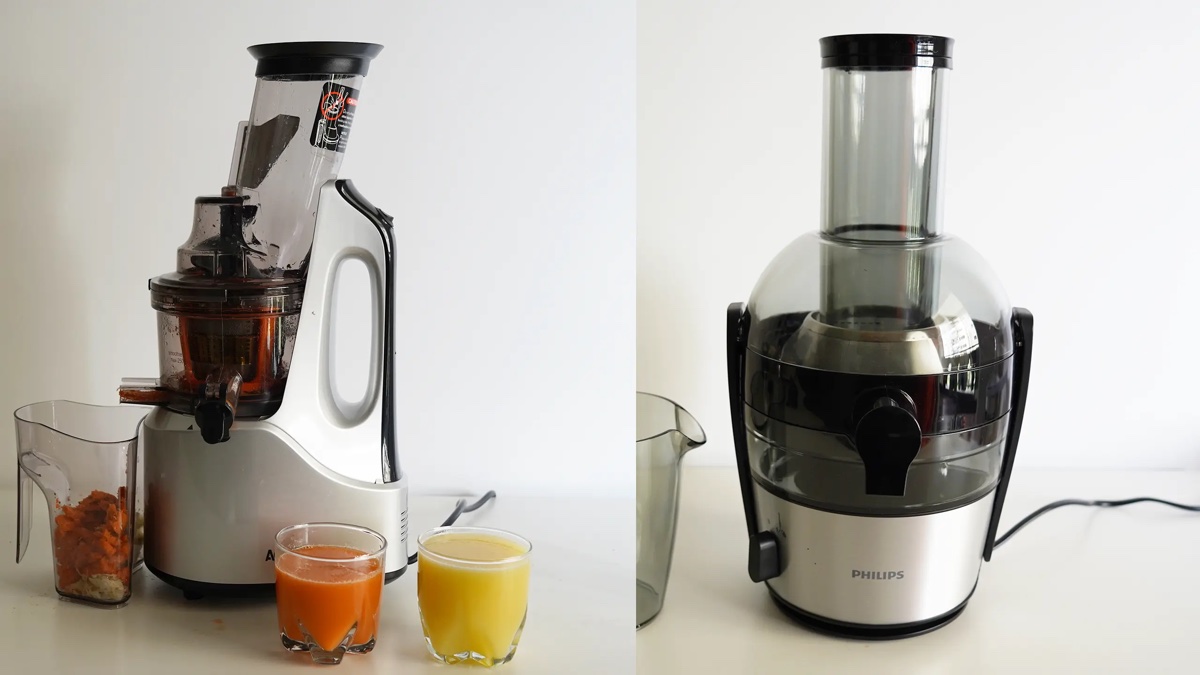
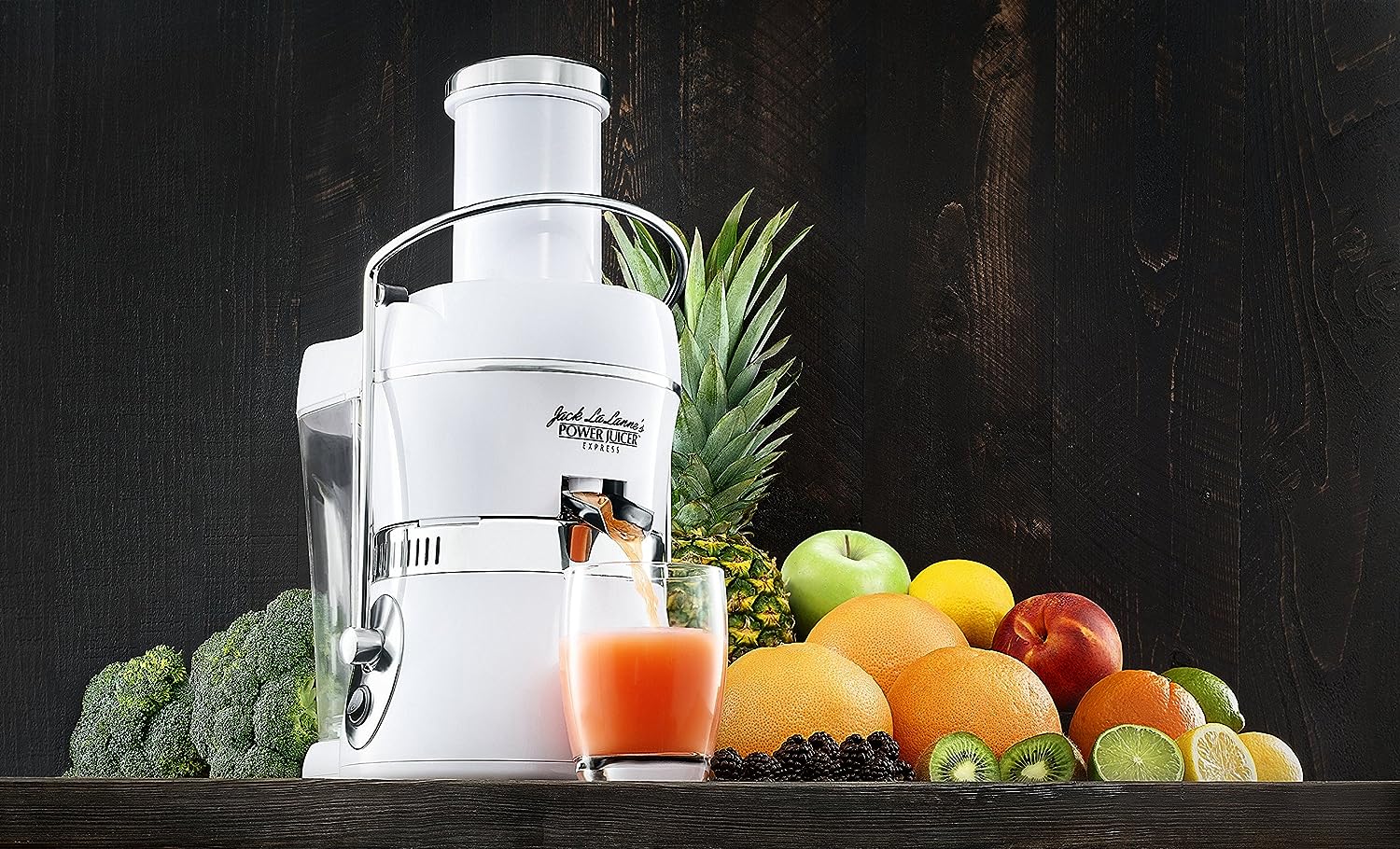

0 thoughts on “What Is Slow Juicer”